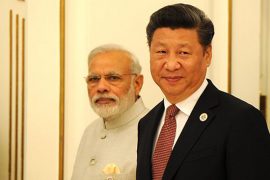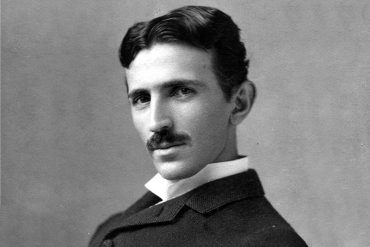In theory, elections in India represent the democratic right of a billion people. They are eulogistically called ‘festivals of democracy.’ The voting patterns –a sum of their aspirations, interests, and beliefs– are determined by a complex set of factors that drive decision making in the world’s largest democracy.
The media play a significant role in engineering election outcomes –from providing ‘psephological analysis’ and ‘opinion polls’ to blatant, partisan propaganda. They have a symbiotic ‘love-hate relationship’ with political actors –experienced purveyors of political ideology– who thrive on manipulating the media to their advantage. Divisive rhetoric, based on caste, religion, linguistic and regional identity, are skilfully used to garner votes. No stone is left unturned. Even the Gods are not spared; they are routinely invoked for electoral gains.
Mythology, in particular, has worked as a trump card for gaining political power in India. For example, N T Rama Rao (NTR), the man who played numerous mythological characters for nearly three decades –as Rama, Krishna, Karna, and Arjuna– clinched political victory and went on to become the Chief Minister of the state of Andhra Pradesh. His voters, many who grew up watching him play mythological characters, consider him to be an ‘avatar of God.’ Even today, two decades after his death, his image as Rama and Krishna is pervasive. Film posters which show NTR playing Lord Rama or Lord Krishna are framed and worshipped in Puja rooms across Andhra. But NTR is not the only person who channelled his on-screen mythological persona into electoral gain.
Copyright©Madras Courier, All Rights Reserved. You may share using our article tools. Please don't cut articles from madrascourier.com and redistribute by email, post to the web, mobile phone or social media.Please send in your feed back and comments to [email protected]











